Fuel & DEF Transfer Pumps
Fuel transfer pumps are powered by AC (alternating current) or DC (direct current) motors for remote or stationary fueling applications. They transfer propellants such as gasoline, kerosene, or diesel. DEF transfer pumps move diesel exhaust fluid (DEF) between containers or fill a vehicle's DEF rese .....Read More
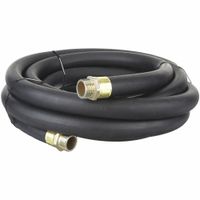
Discharge Hoses for Fuel & DEF Transfer Pumps
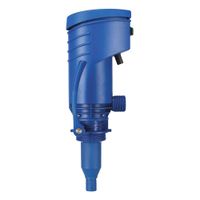
Electric-Operated DEF Transfer Pumps
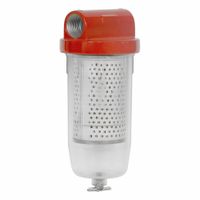
Filters for Fuel Transfer Pumps
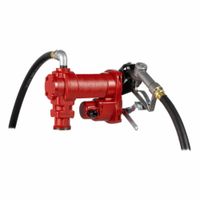
Fuel Transfer Pumps
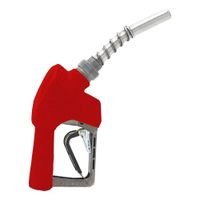
Nozzles for Fuel & DEF Transfer Pumps
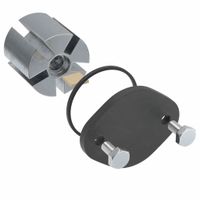
Repair Kits & Parts for Fuel Transfer Pumps
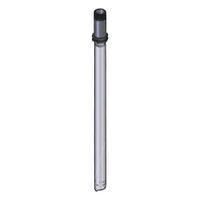
Suction Tubes & Hoses for Fuel & DEF Transfer Pumps
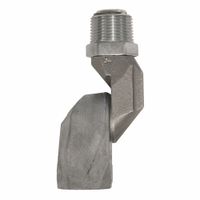
Swivels & Breakaways for Fuel & DEF Transfer Pumps
Frequently Asked Questions
What is the difference between AC and DC fuel transfer pumps?
How do I choose the right fuel transfer pump for my needs?
What are the benefits of using a DEF transfer pump?
How do nozzles work on fuel transfer pumps?
What is the purpose of swivels and breakaways in fuel transfer systems?
How often should filters be replaced in fuel transfer pumps?
What maintenance is required for fuel transfer pumps?
Can fuel transfer pumps handle all types of fuel?
How do I troubleshoot a malfunctioning fuel transfer pump?
What are the common parts that need replacement in fuel transfer pumps?